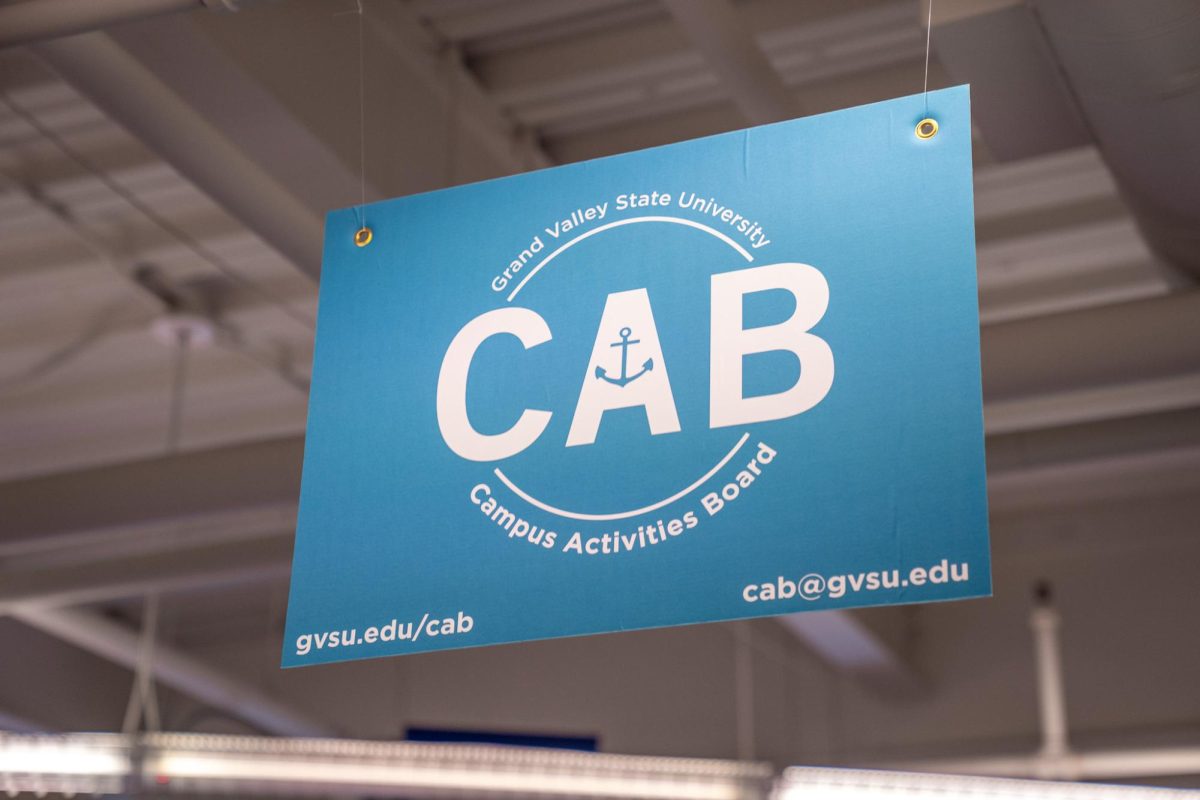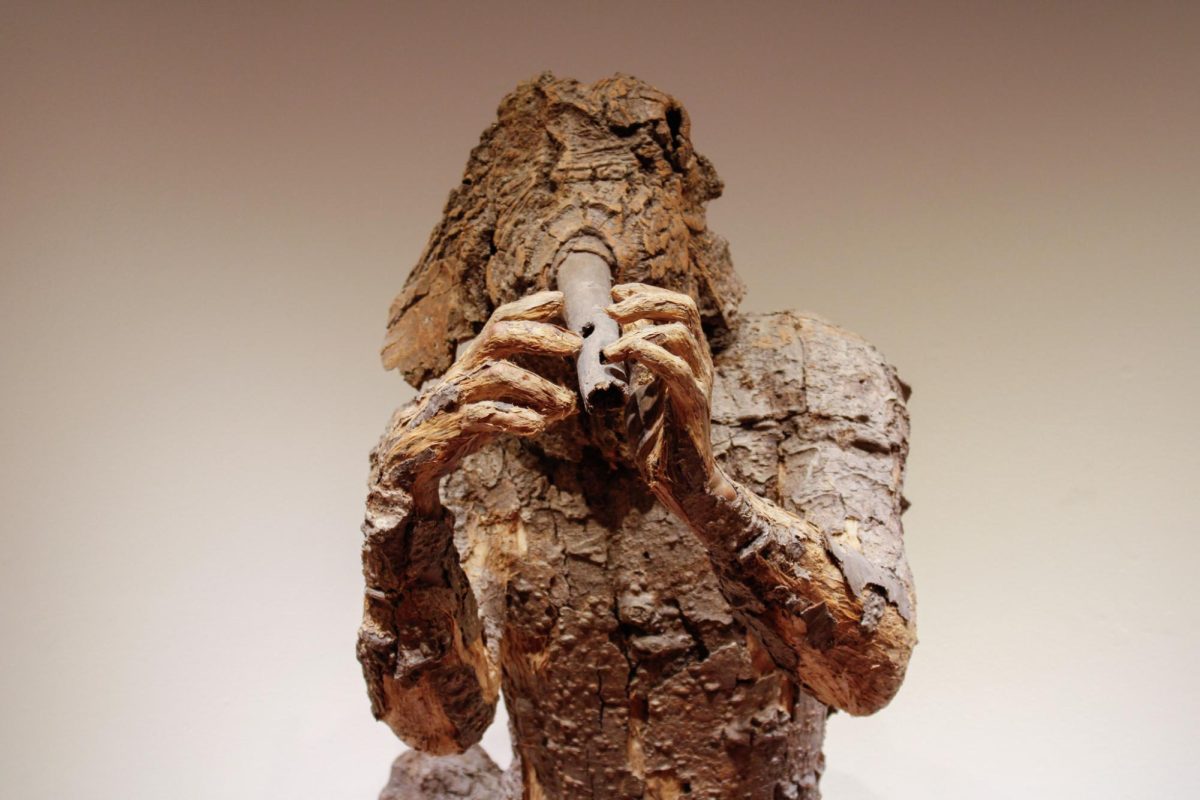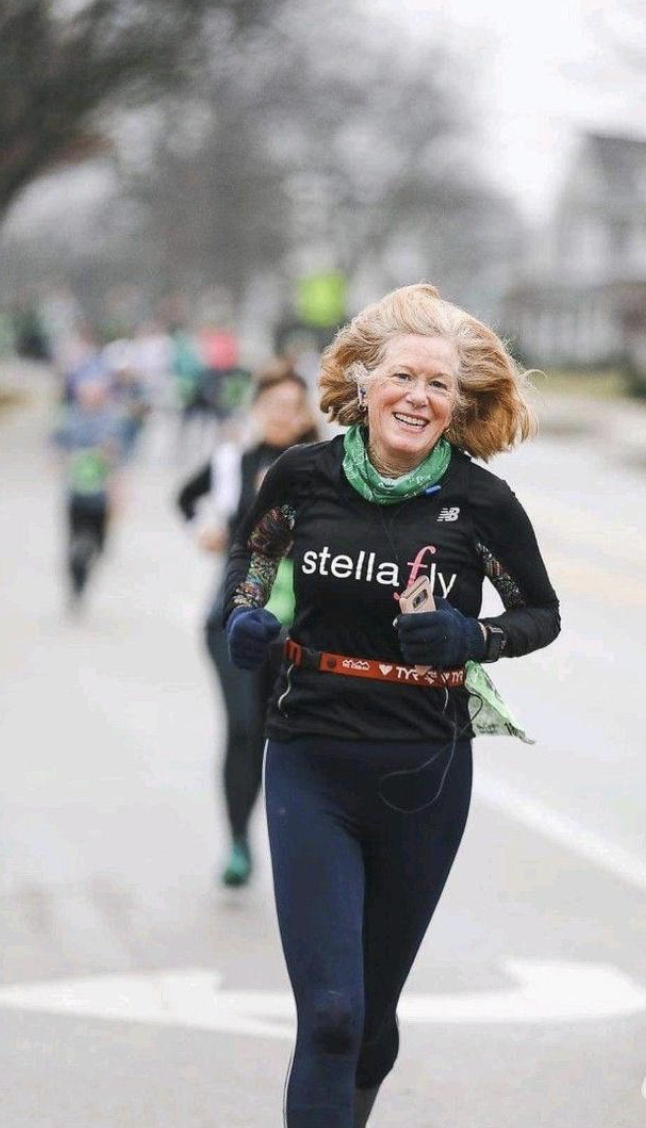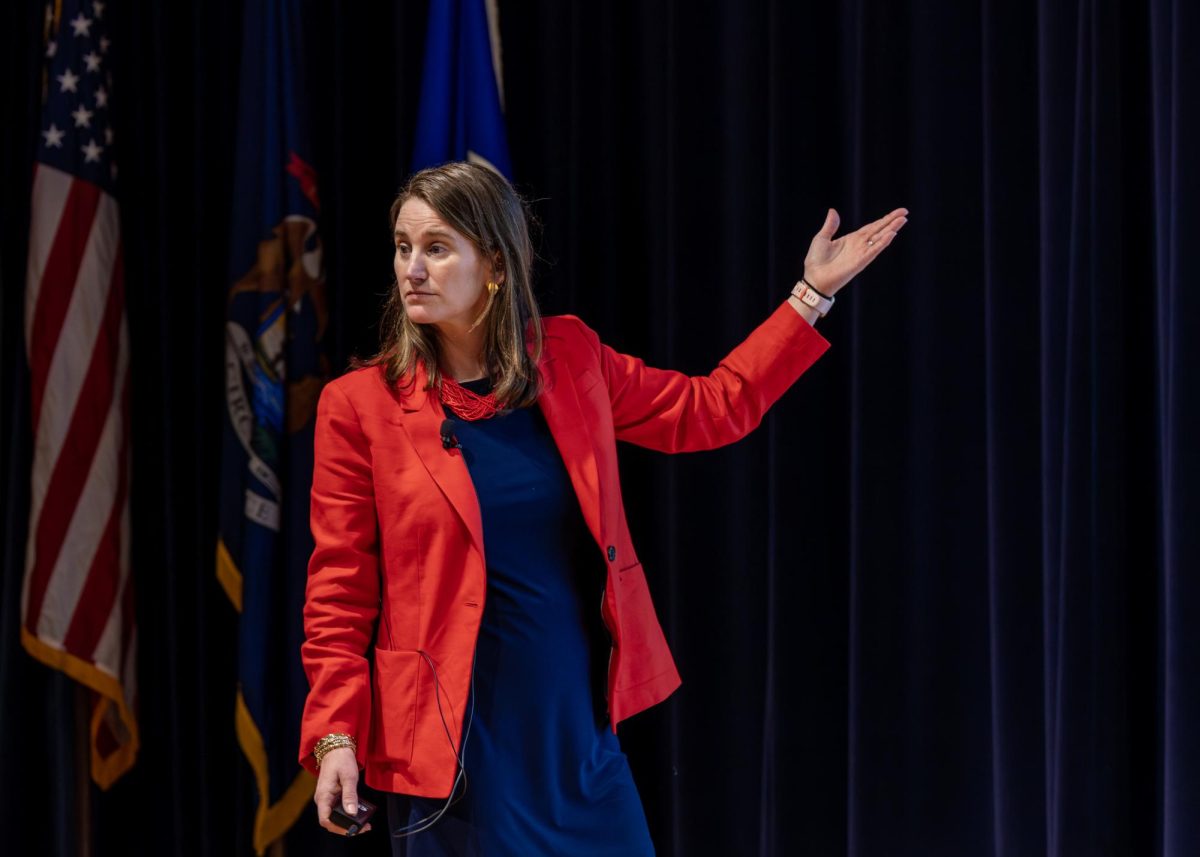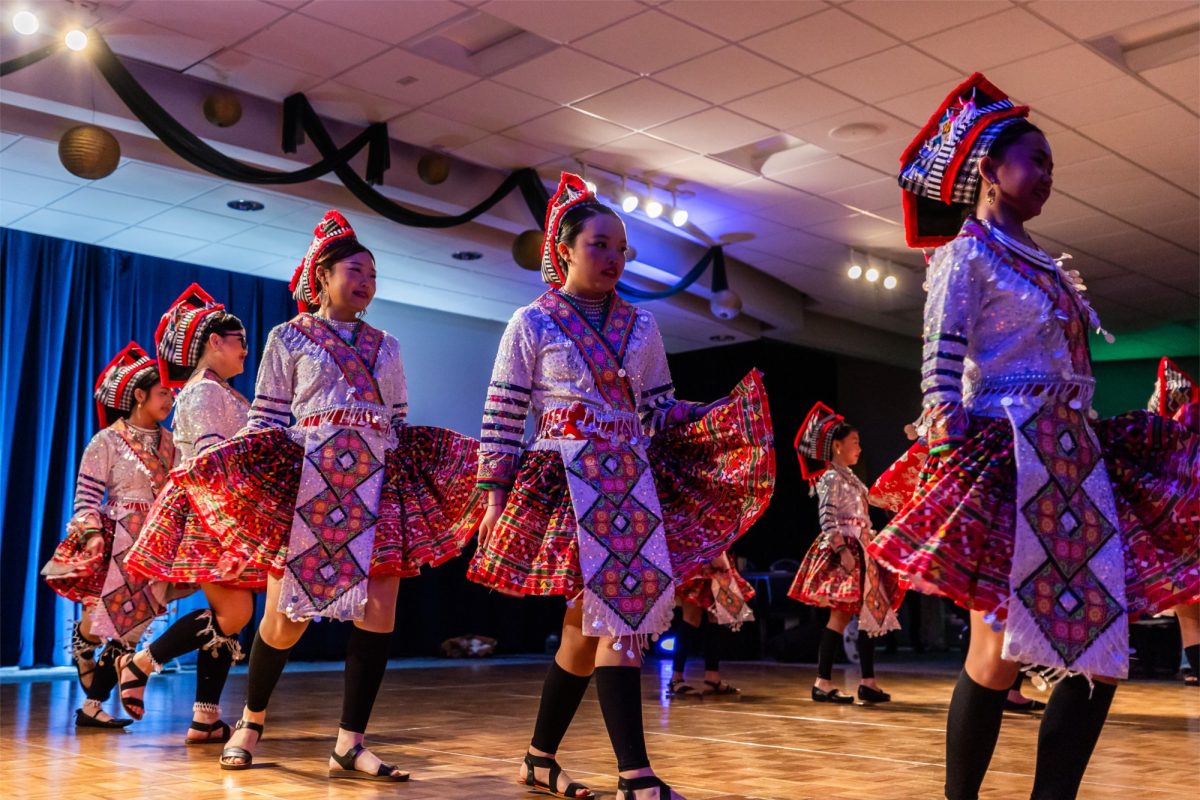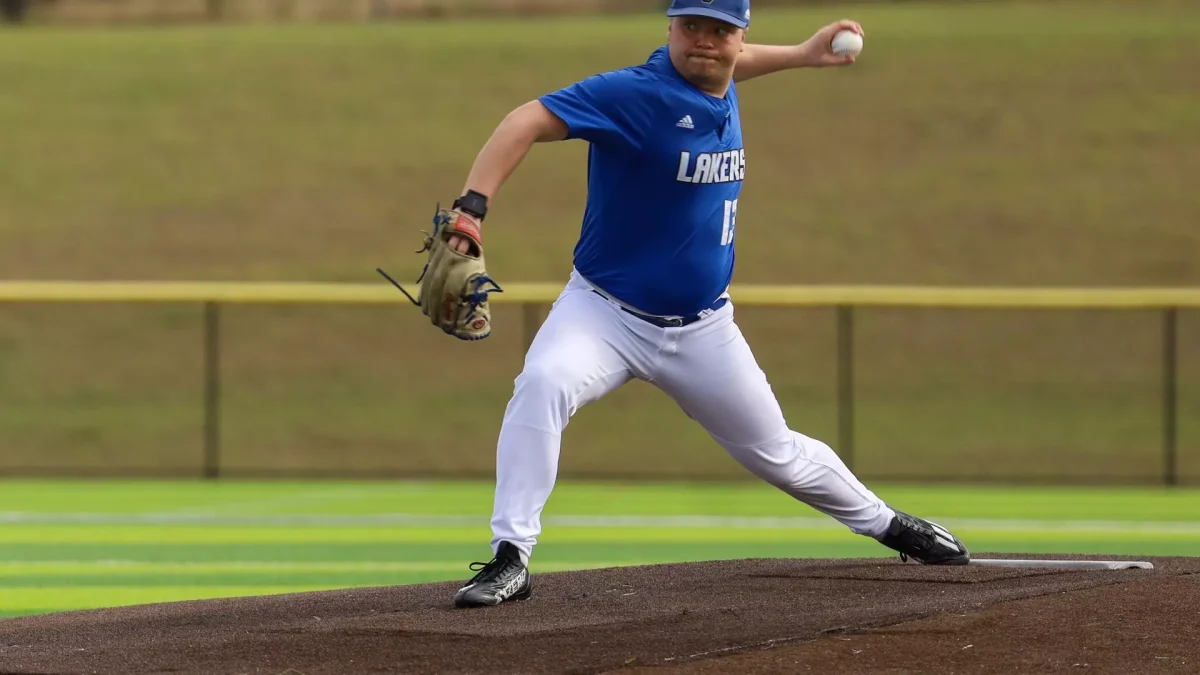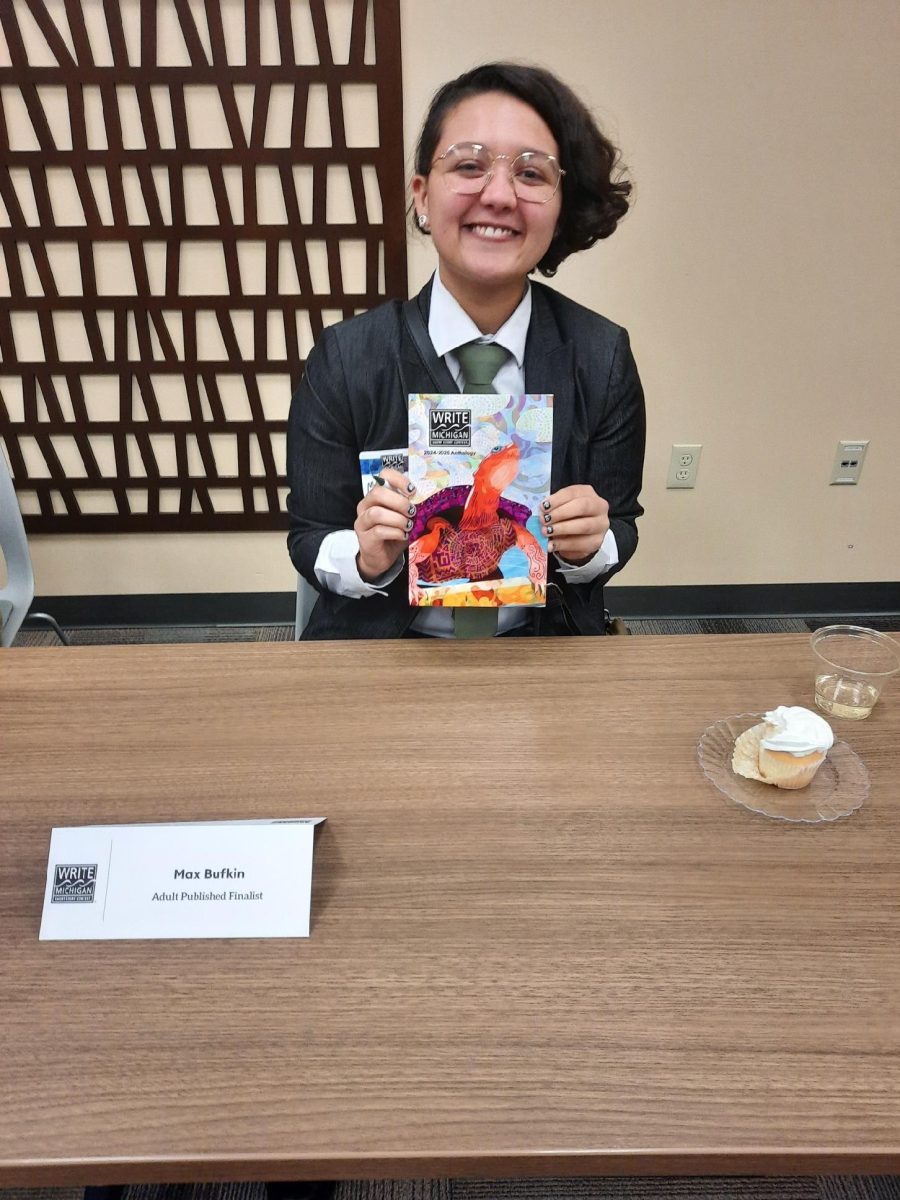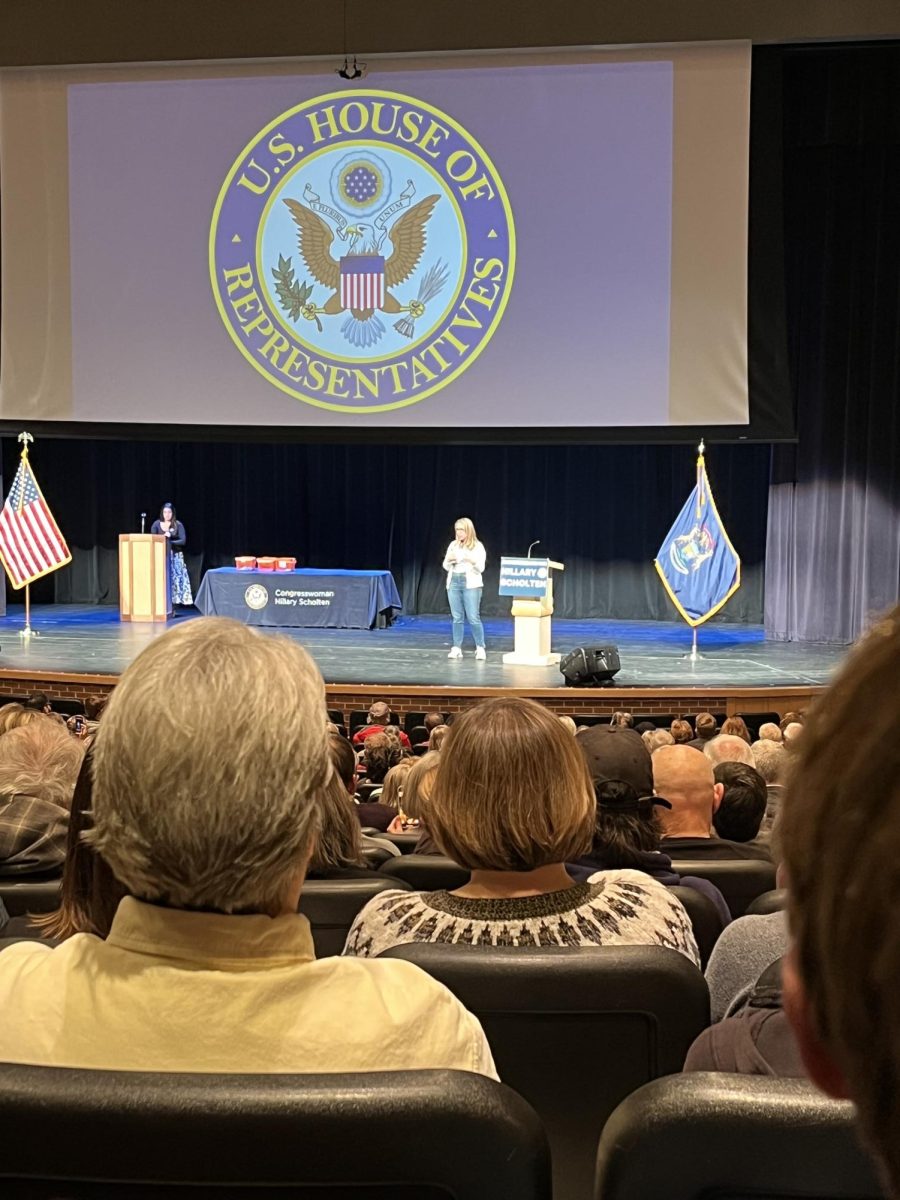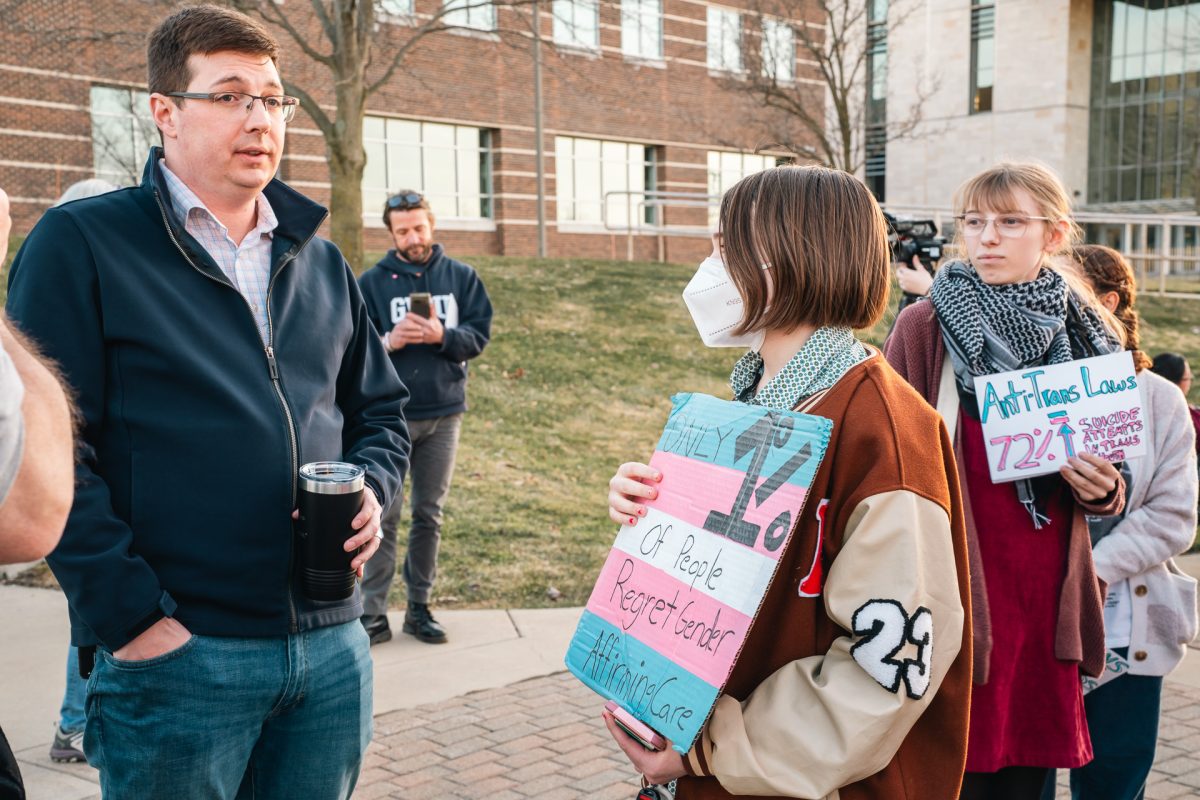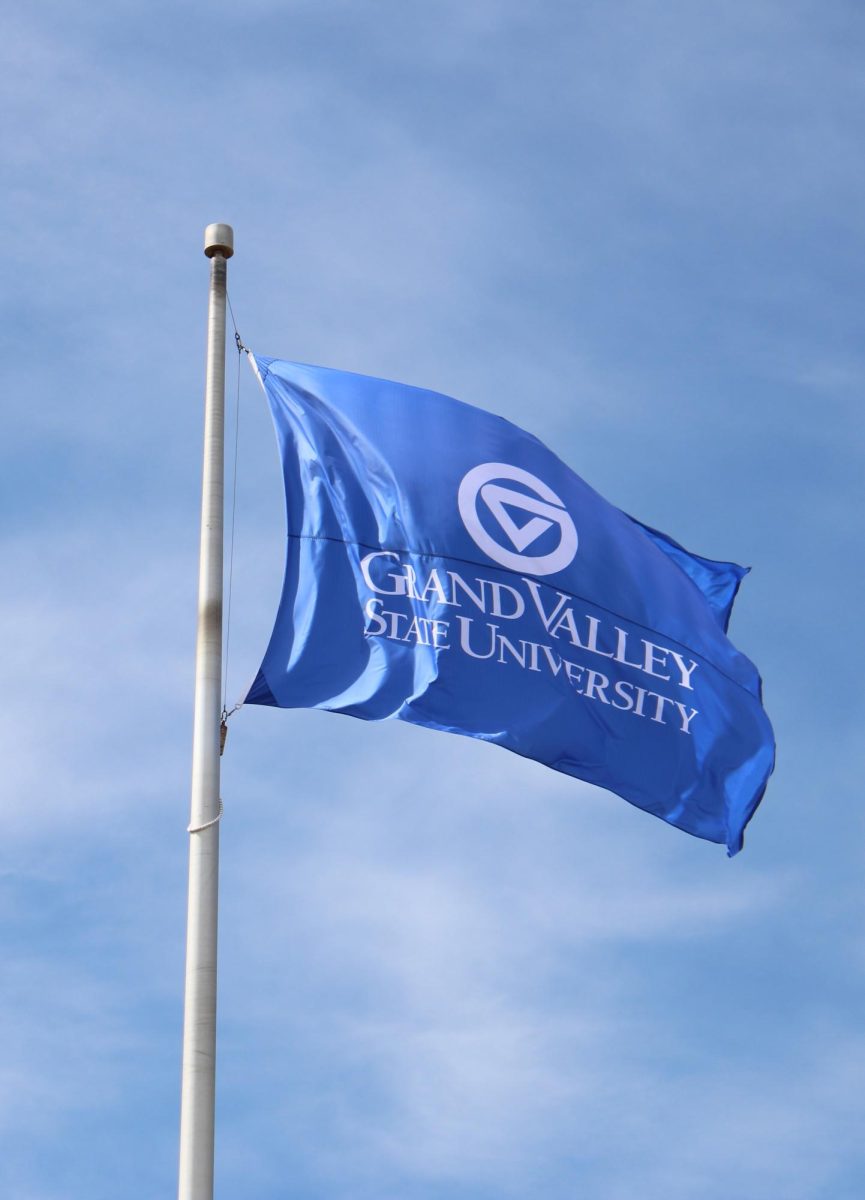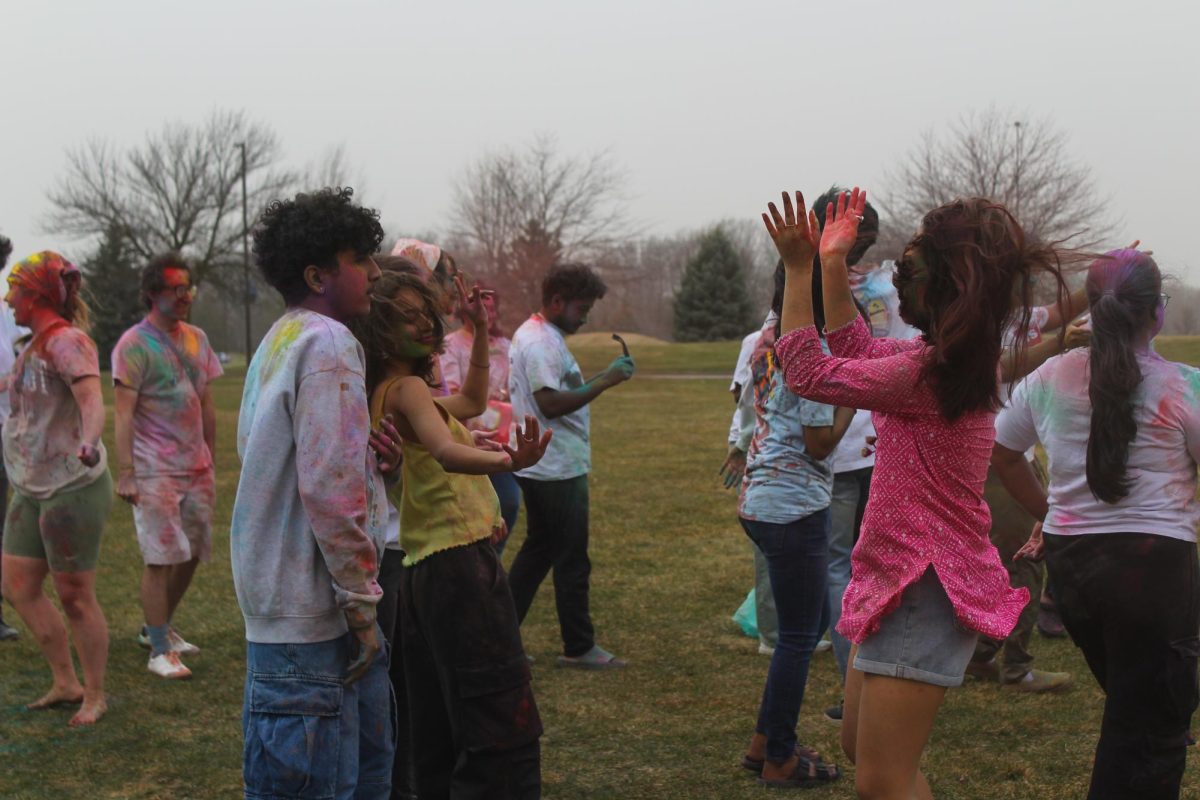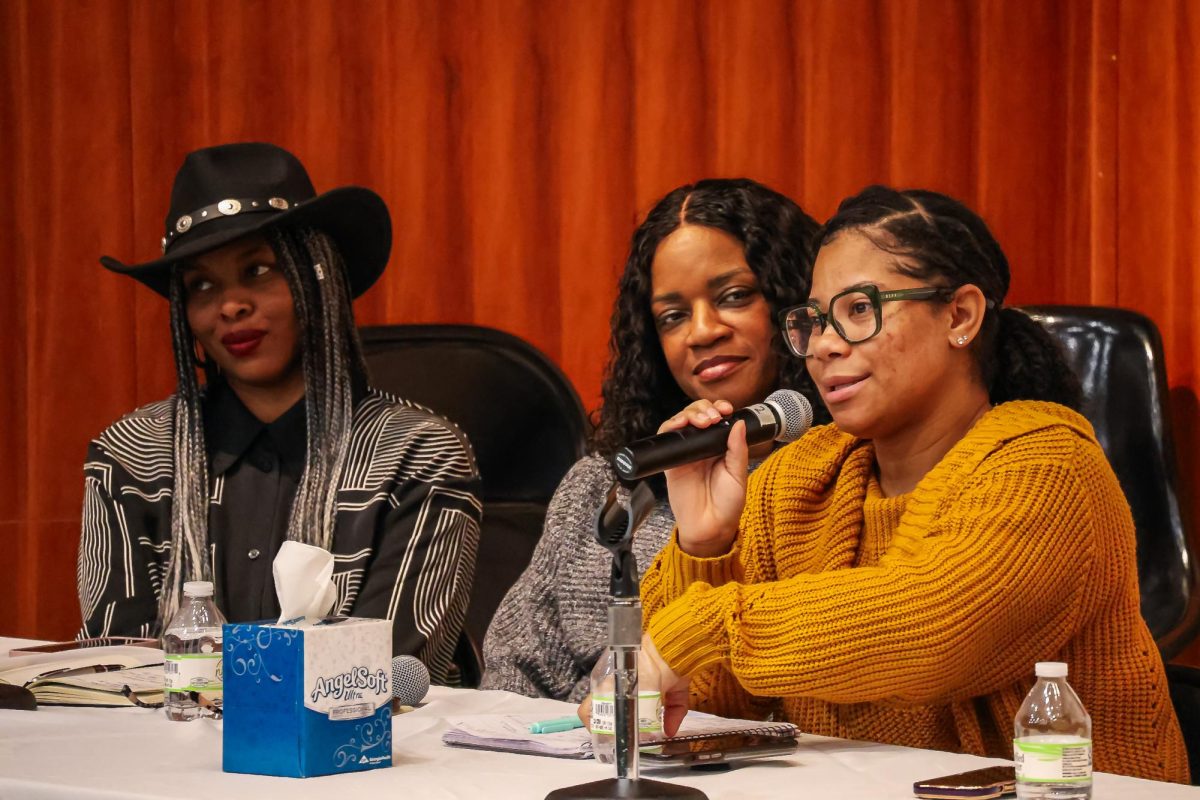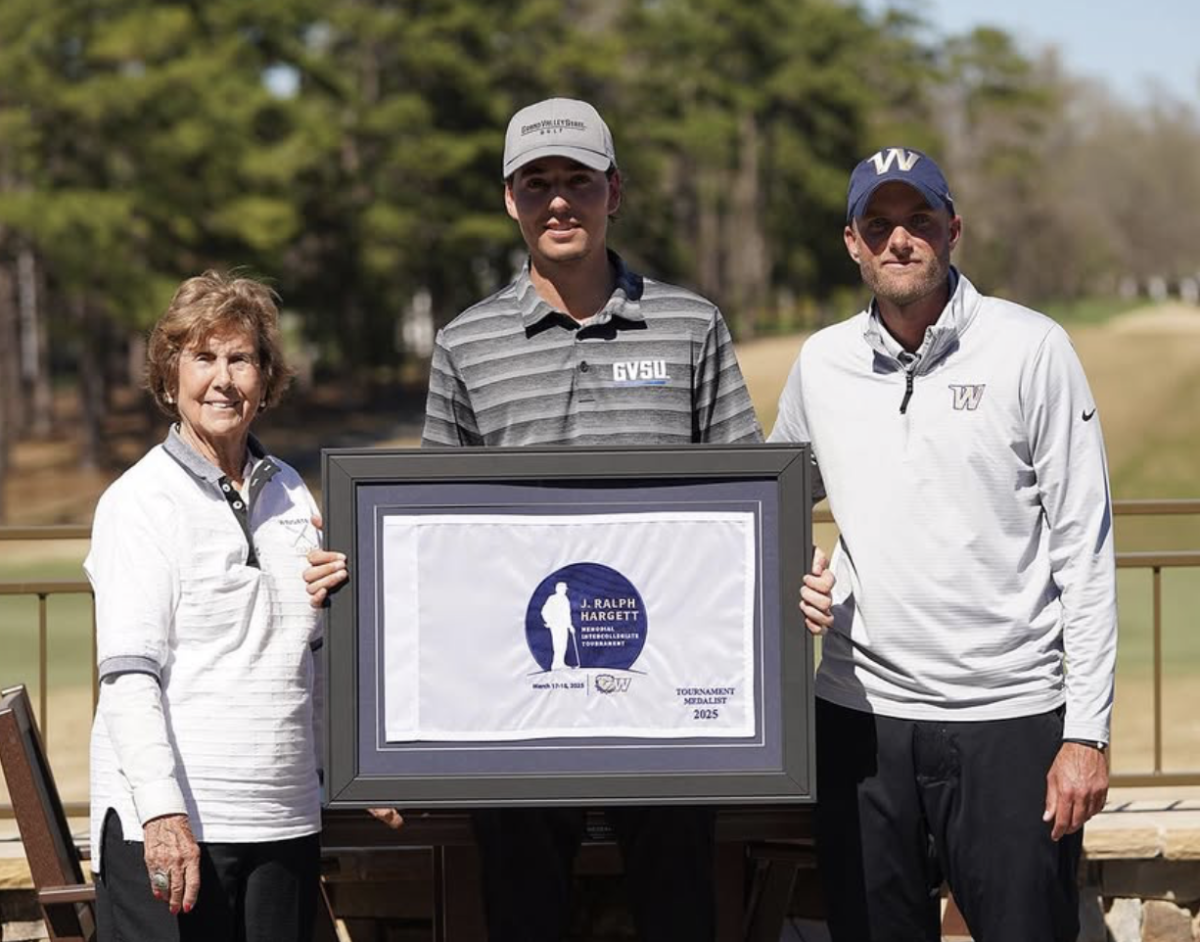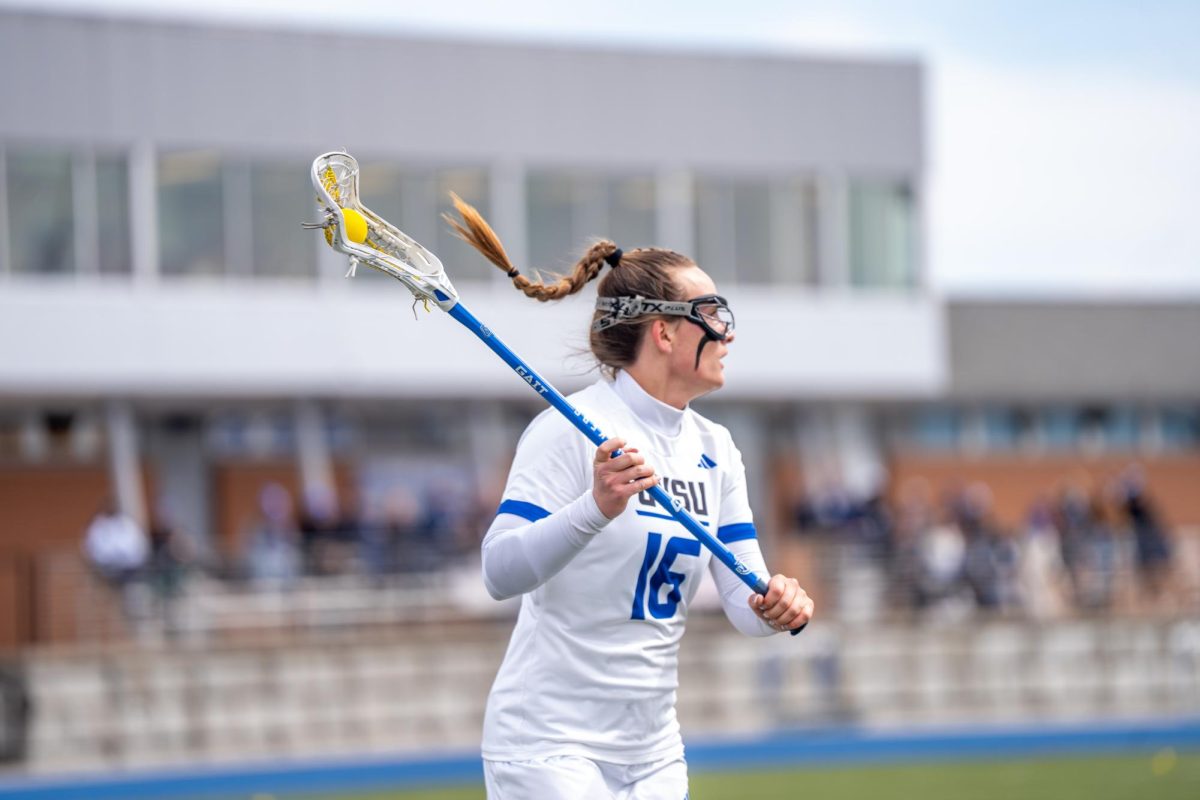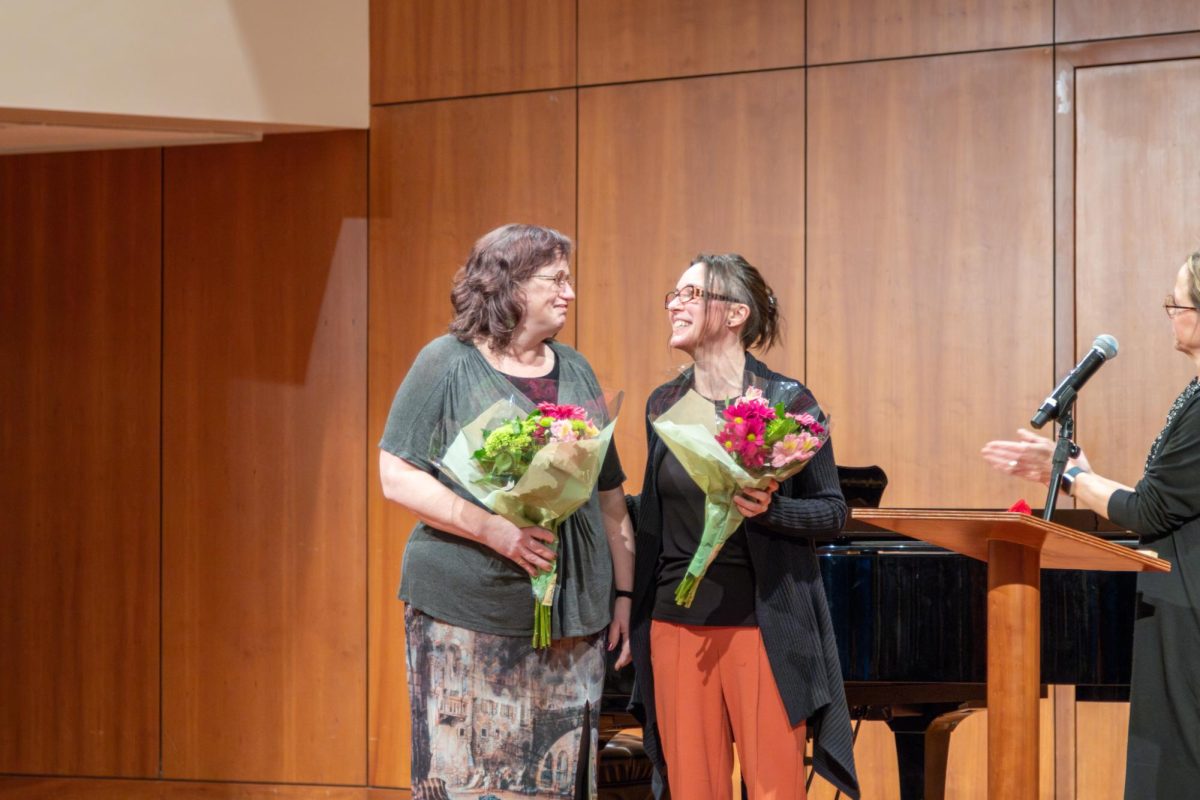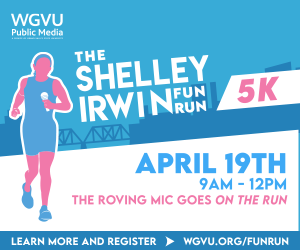Winter 2021 course offers opportunity to explore the paranormal through art and research
Nov 23, 2020
Grand Valley State University students fascinated by the paranormal, folklore and urban legends surrounding the state of Michigan have the opportunity to explore these interests through art in the course Civic Studio (ART 391) being offered in Winter 2021.
Civic Studio is meant to give students a unique perspective on the creation of art by teaching them to approach it as a research-based process. Students have the choice to work individually or collaboratively and are encouraged to explore regional histories that are important to them or their families.
Padnos Artist-in-Residence Sean Carney, who is teaching the course calls it, “a sort of artist-run X-Files.”
GVSU students do not need to be art majors to enroll in this course. In fact, non-art majors are encouraged to sign up. The only prerequisite students need is to be of junior standing, and Carney said students should not be intimidated if they haven’t taken an art class previously.
“This is a really different approach to making art that will also be new to many art majors,” Carney said. “You don’t need to be great at drawing to be an interesting researcher. If you are fascinated by the occult, the weird and the paranormal, sign up for Civic Studio. I think it’s really valuable to have people with different academic interests working collaboratively.”
In this course, students are expected to use artistic strategies to present research findings in a specific public context. The types of strategies they use are determined by the type of research the students decide to conduct.
A course objective is to introduce students to collaborative working methods, inquiry-based making and service-learning.
“Together, we will rethink what art-making is, and we will do so in public,” Carney said. “Students will explore local archives, interview people, and critically explore the aesthetics of Michigan legends. Public presentations may take the form of mini-documentaries, installations, publications, podcasts, performances, or various other creative avenues.”
Each project will investigate regional or local histories throughout different parts of Michigan.
“We can learn a lot about our current climate by combing through the past,” Carney said. “History itself is political, and to look critically at it is to think critically about the present.”
Given the COVID-19 pandemic, the class was altered for the Winter 2021 semester.
Typically, the class would take over a storefront or other public spaces in Grand Rapids and invite the public to stop by. Now, most of the research students will conduct can be done remotely and through collaboration with local archivists, historians and artists.
Carney hopes that sometime in April, the Civic Studio will be able to present their findings in a specific public context. Whether that will be done in person or virtually depends on what will be considered safe and reasonable at the time.
This will be Carney’s first time teaching Civic Studio, and he hopes that this class will change students’ perspectives on what is possible to produce as an artist.
“I hope that students reconnect with areas of Michigan where they are from in a novel, interesting way,” Carney said. “We will also have a lot of fun. This class aims to demonstrate that research is a rich and engaging studio process that yields exciting, nontraditional art ‘objects.’ And who doesn’t like a good ghost story?”






